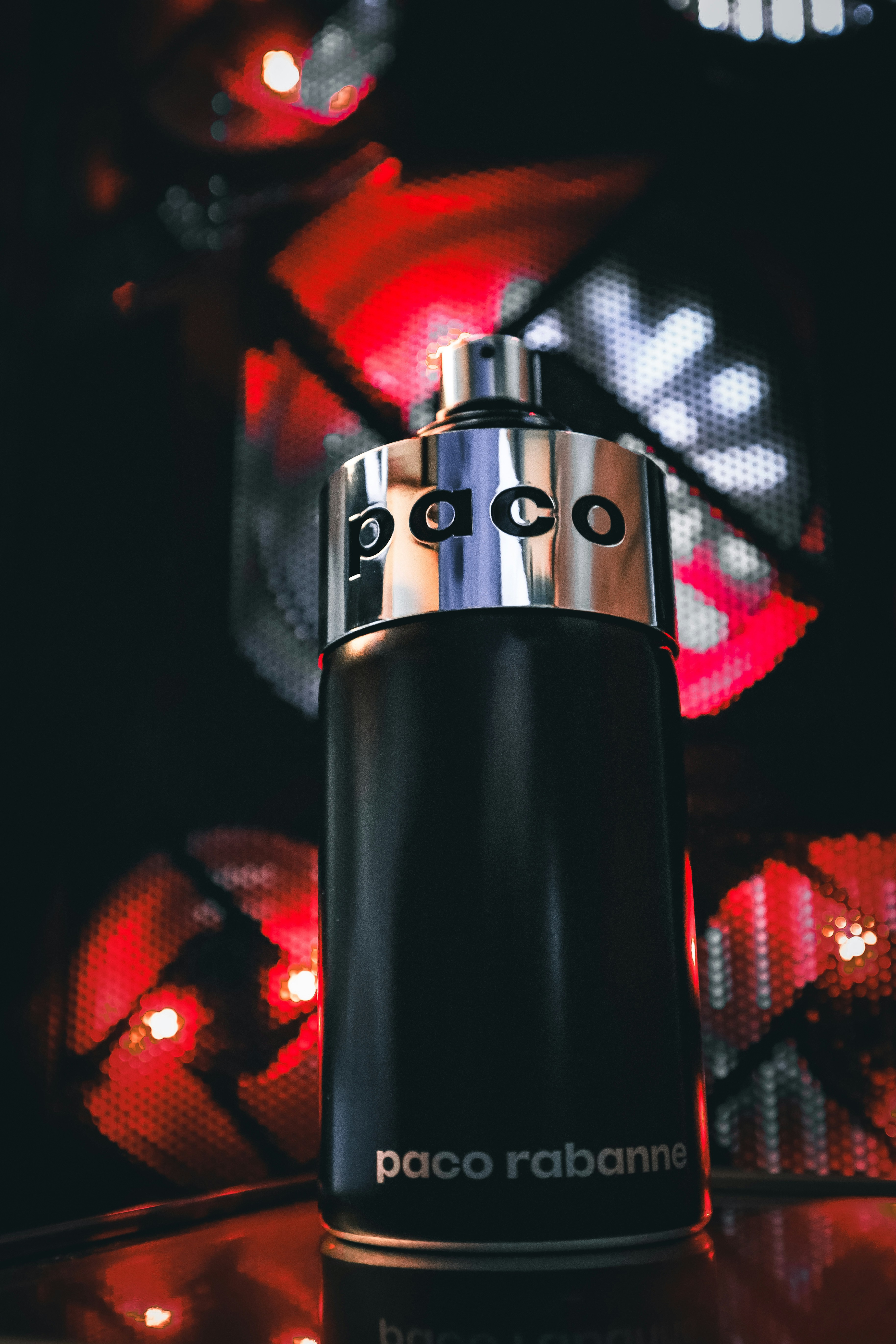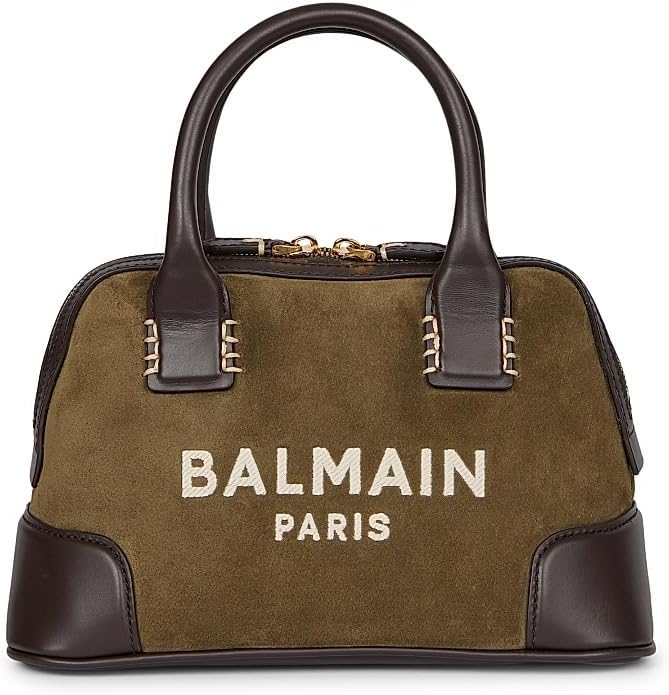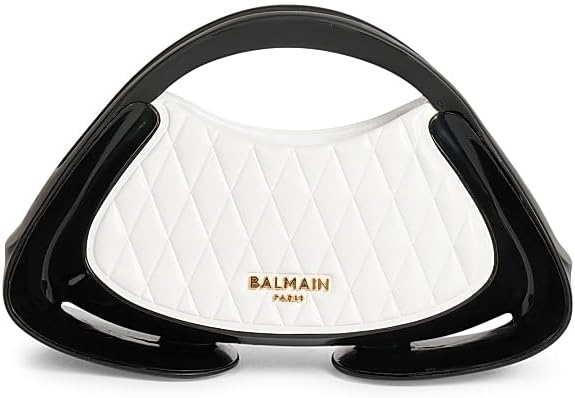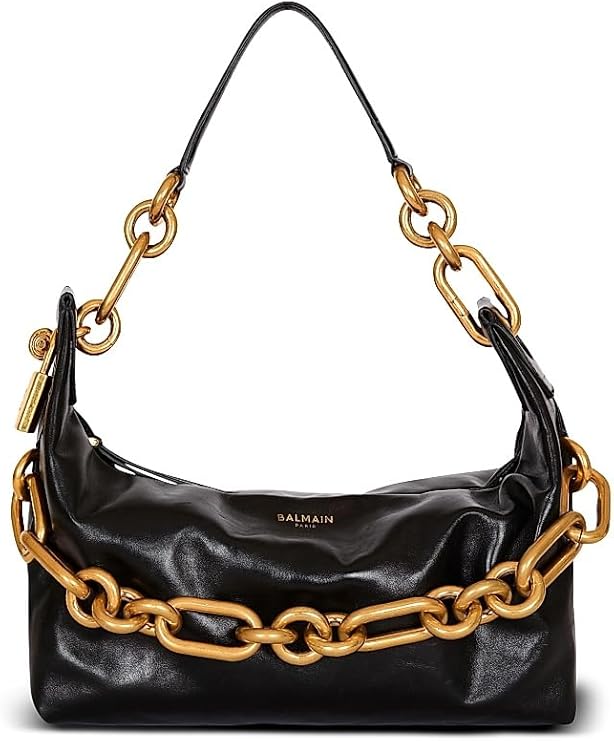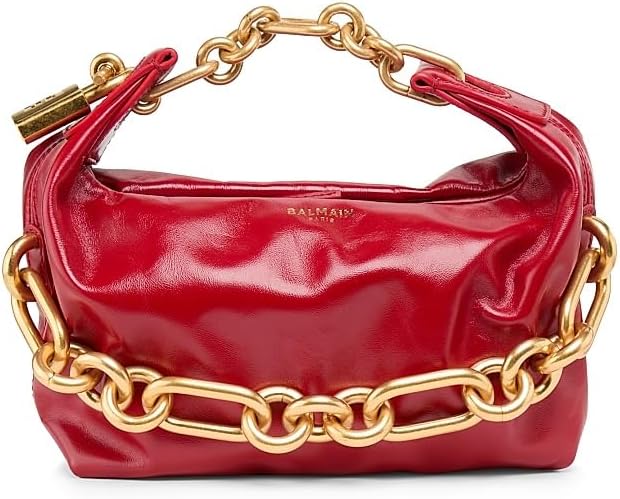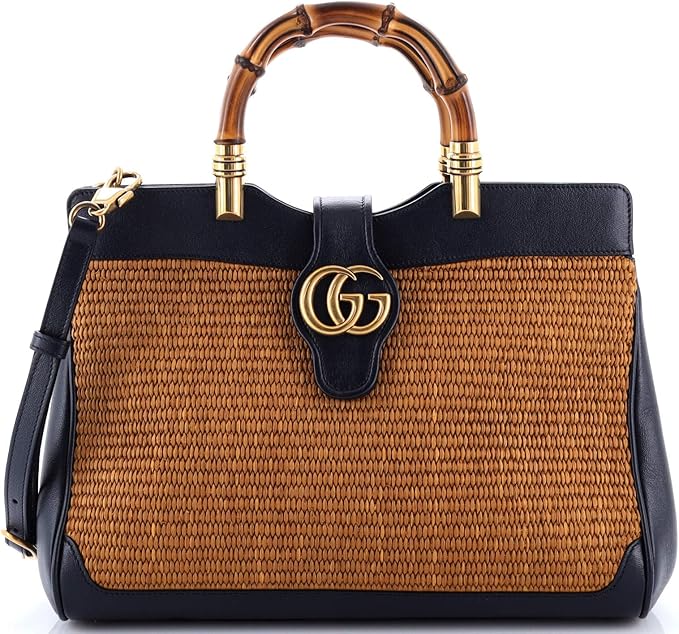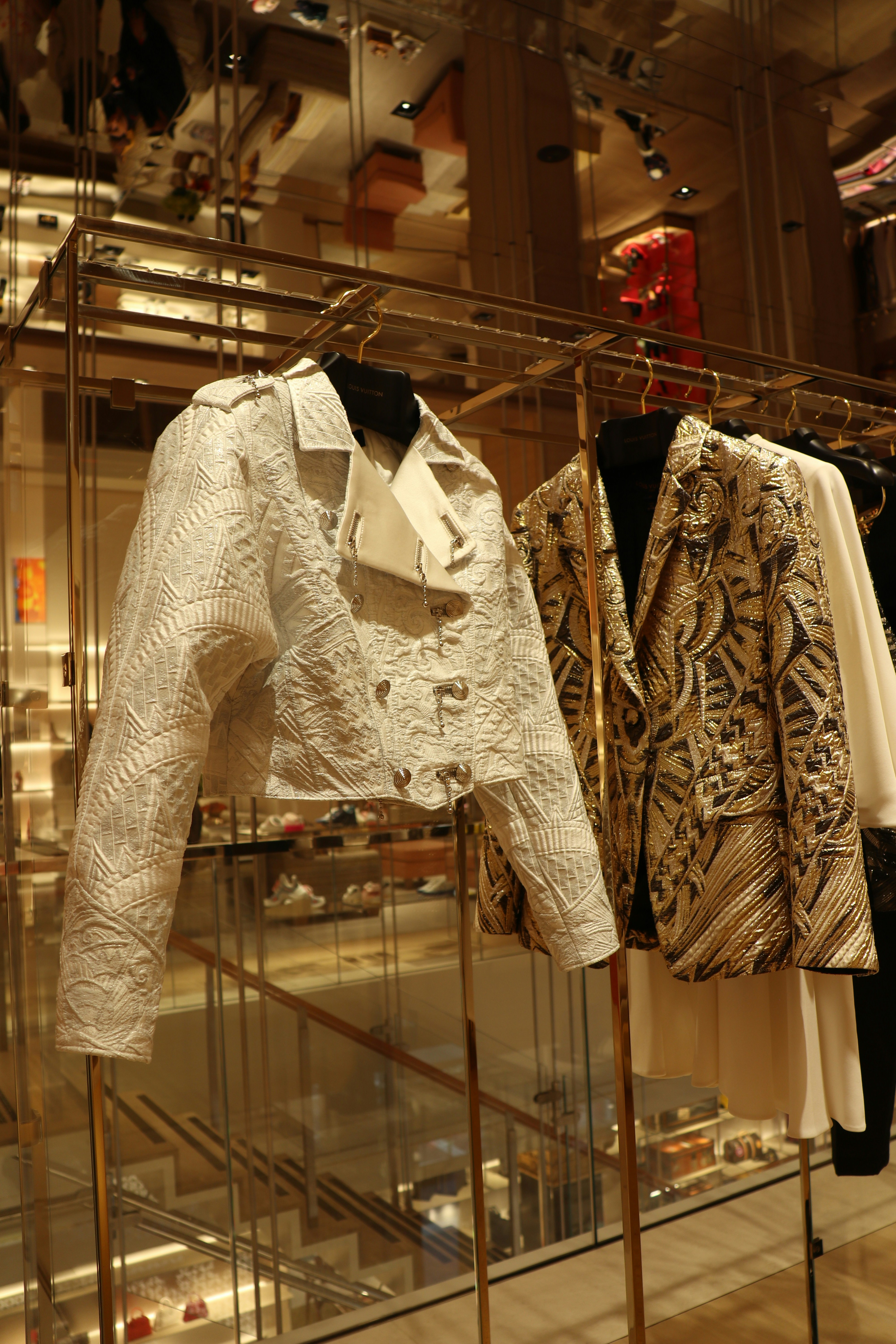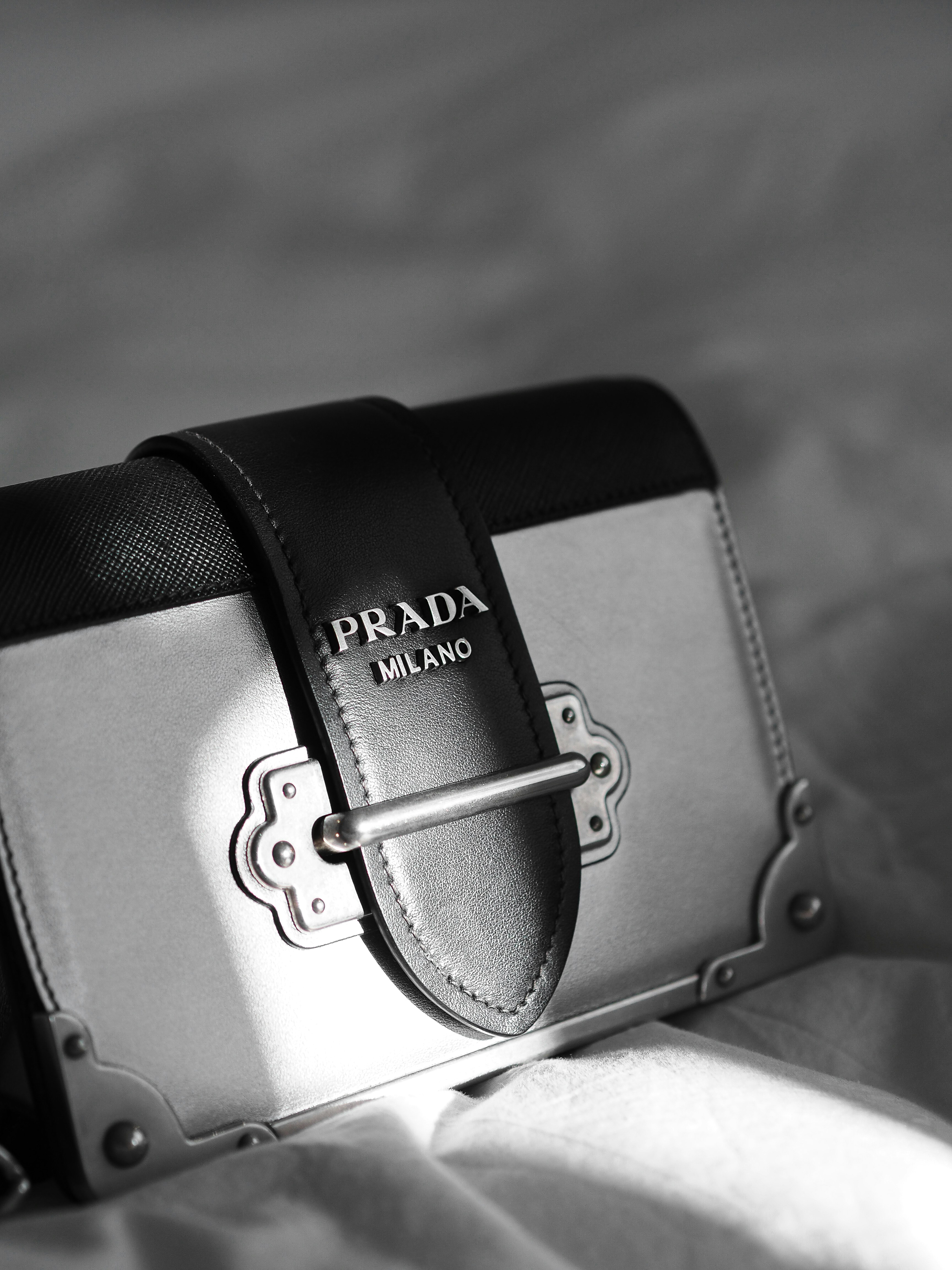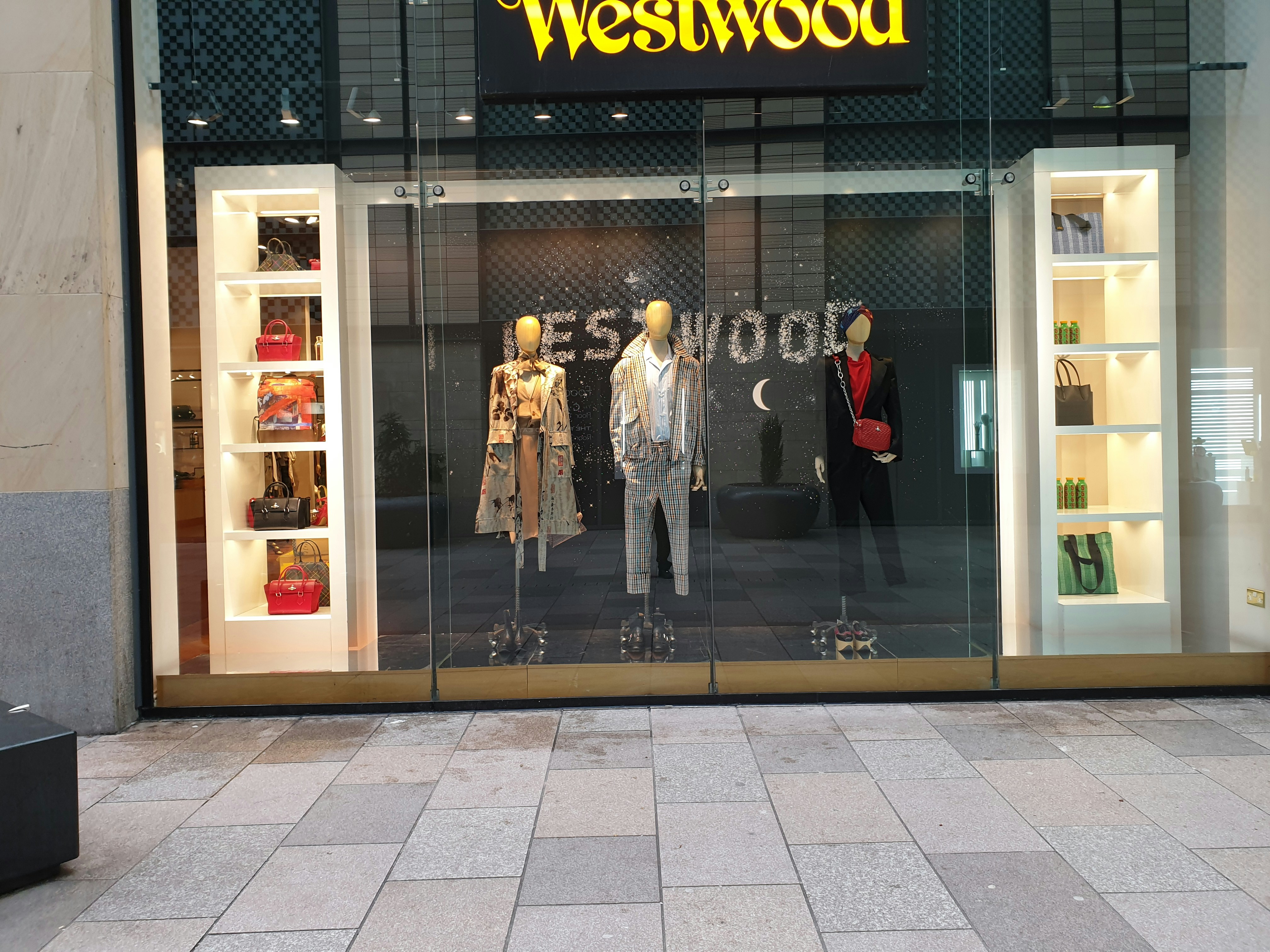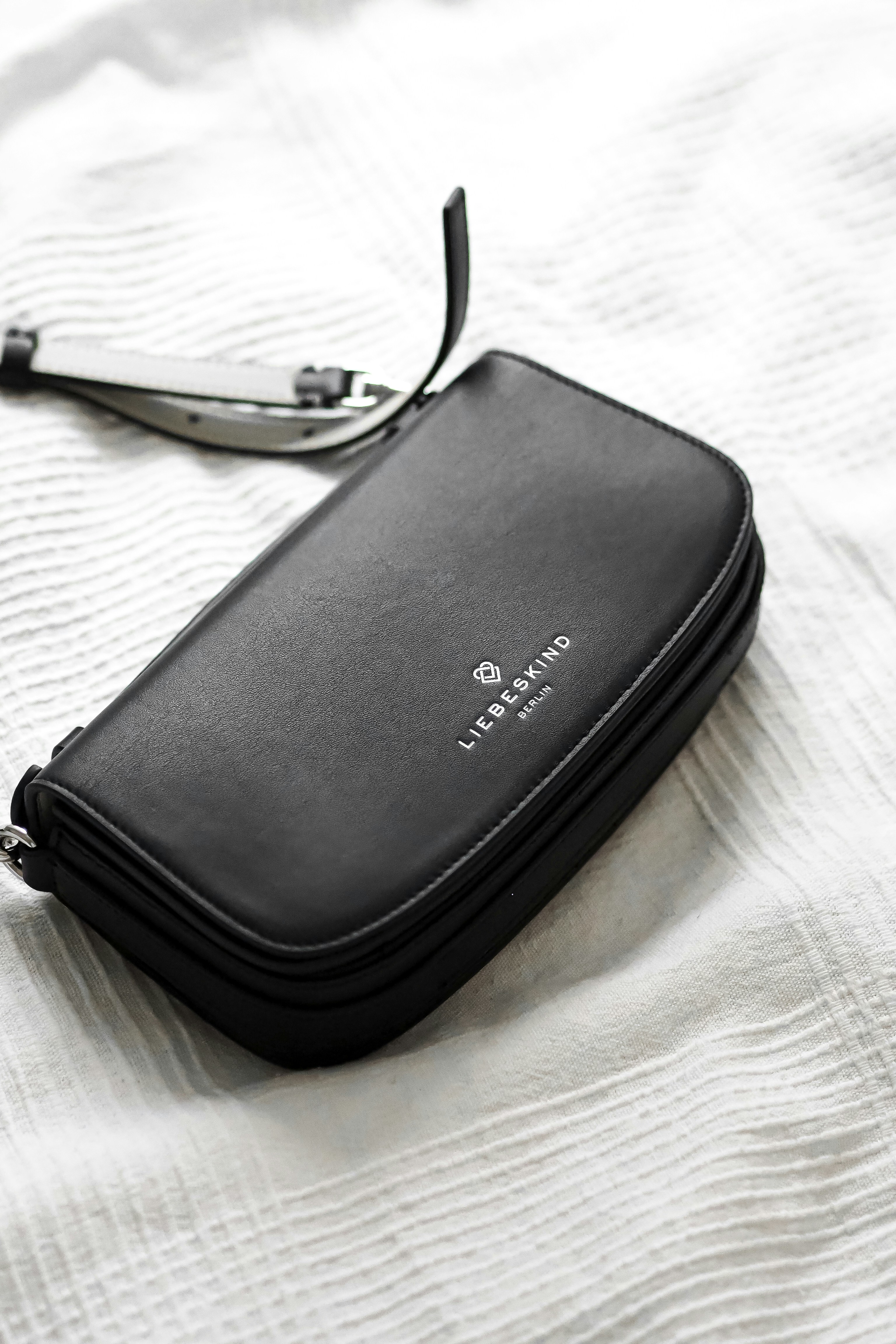The Genesis of Paco Rabanne
Paco Rabanne, originally named Francisco Rabaneda Cuervo, emerged on the fashion scene in 1966, establishing his renowned brand that would forever alter the landscape of haute couture. Born in Spain and later relocating to France, Rabanne’s background in architecture significantly influenced his design ethos. This unique perspective allowed him to approach fashion not merely as clothing but as structural art, where form, function, and innovation converged.
The aesthetic of the 1960s was a breeding ground for new ideas, fostering a cultural shift that embraced rebellion and transformation. Throughout this vibrant decade, designers began to break free from traditional constraints, and Rabanne was no exception. Drawing from diverse sources such as avant-garde movements, architecture, and even industrial design, he pioneered a distinct style characterized by bold silhouettes and unconventional materials. His innovative use of metal, plastic, and paper in garment creation defied the norms of the time. This was emblematic of his vision for fashion, one where clothing was not only meant for wear but also held a sculptural quality that challenged perceptions.
Additionally, Rabanne’s commitment to sustainability was apparent even in these formative years, as he often repurposed materials and embraced an ethos of reimagining waste. His visionary approach resonated with the youthful spirit of the 1960s, a generation eager for change in every facet of life, including fashion. As he launched his fashion house, he positioned himself as a trailblazer, melding art and functionality seamlessly. The genesis of Paco Rabanne heralded a new era, setting the stage for future generations of designers to explore limitless possibilities in the world of fashion.
Metal Mesh Dresses: A Pioneering Statement
Paco Rabanne’s innovative approach to fashion is epitomized by his groundbreaking creation of metal mesh dresses in the 1960s. At a time when traditional fabrics dominated the fashion landscape, Rabanne boldly introduced an unconventional material—metal. These dresses, crafted from interlinked metal pieces, not only challenged existing norms but also signaled a shift towards more avant-garde aesthetics in the fashion industry.
The design of the metal mesh dresses was revolutionary. Each piece was meticulously assembled, showcasing Rabanne’s commitment to craftsmanship and ingenuity. The dresses often featured geometric shapes and minimalist silhouettes, which reflected the era’s fascination with modernism. The use of metallic elements added an industrial edge, appealing to a generation eager to embrace new materials and styles. This daring utilization of metal created a striking visual impact, making the wearer a focal point of attention.
Furthermore, the construction of these pieces was equally significant. Unlike traditional garments, which were sewn from soft, pliable fabrics, Rabanne’s dresses often incorporated techniques that allowed for flexibility and movement. This meant that while the dresses appeared rigid and unyielding, they provided an unexpected comfort, effectively merging art with wearability. The incorporation of metal in fashion opened the door for other designers to experiment with unconventional materials, thereby fostering a culture of experimentation that defined the decade.
In the broader context of 1960s fashion, Rabanne’s metal mesh dresses were emblematic of a movement that championed individuality and innovation. They encapsulated the spirit of the time, a period characterized by a desire to break free from societal constraints and explore new realities. By pushing the boundaries of what clothing could represent, Paco Rabanne not only revolutionized fashion but also influenced the future of design, inspiring subsequent generations to think outside the traditional fabric paradigm.
Bold Innovations and Futuristic Themes
Paco Rabanne emerged as a significant figure in the fashion landscape of the 1960s, championing a departure from traditional fabrics and shapes. His commitment to innovation manifested vividly through his daring use of unconventional materials, including plastic, metal, and paper. This radical approach not only challenged the standards of haute couture but also reflected the rapidly changing technological environment of the era.
One of Rabanne’s most iconic collections, the “12 Unwearable Dresses in Contemporary Materials,” showcased his visionary focus on futurism. By utilizing materials that were typically associated with industrial applications, he transformed the very notion of what clothing could be. Each piece was a statement, merging art and fashion while inviting the wearer to engage with a bold new aesthetic. The glimmering metallic disc dresses and the layered plastic designs became emblematic of the futuristic themes that Rabanne was celebrated for, pushing the envelope of what design could accomplish.
The societal context at the time played a critical role in the reception of Rabanne’s designs. The space race and advancements in technology sparked a fervent curiosity about the future among the youth, who were eager to break away from the conventionality of the past. Rabanne’s collections resonated deeply with this demographic, as they sought a visual language that articulated their aspirations and dreams. The fluidity of his designs, combined with their avant-garde materials, encapsulated an era that was not just forward-thinking in ideology but also in its embrace of new possibilities.
A pivotal aspect of Rabanne’s philosophy was the notion of fashion as a medium to explore identity and self-expression. His work continually invited individuals to rethink their garments, transcending mere utility and embracing a bold vision of tomorrow. Paco Rabanne not only revolutionized fashion with his materials but also instilled a sense of excitement about the future that remains influential today.
Legacy and Influence on Modern Fashion
Paco Rabanne’s revolutionary approach to fashion in 1966 has profoundly shaped the landscape of contemporary design. His pioneering vision and use of unconventional materials, such as metal and plastic, allowed for the birth of a new aesthetic in haute couture, one that celebrates innovation and fluidity. Today, many modern designers draw heavily from Rabanne’s groundbreaking concepts, incorporating futuristic elements and non-traditional fabrics into their collections, thereby continuing his legacy within the fashion industry.
One of the most significant aspects of Rabanne’s influence is his ability to merge art with fashion, a principle that many designers uphold today. The interplay between sculpture and wearable art seen in Rabanne’s designs resonates within various fashion houses, encouraging a new generation of creators to explore artistic boundaries and challenge conventional sartorial norms. This fusion of artistic expression with everyday clothing not only redefines high fashion but also advocates for personal identity through unique styles.
Moreover, the principles established by Rabanne regarding sustainable practices and the reimagining of materials remain relevant as the fashion industry increasingly embraces eco-consciousness. Today’s designers are adopting similar methods, opting for recycled or alternative materials to create their collections, thus reflecting a commitment to sustainability that aligns with what Rabanne once initiated.
The timelessness of Paco Rabanne’s visionary approach is evident as it continues to reverberate throughout modern fashion. His contributions have paved the way for a more diverse and expressive fashion landscape, where innovation and creativity are prioritized. Ultimately, it is through this enduring influence that the essence of Paco Rabanne’s legacy lives on, ensuring that his revolutionary spirit continues to inspire designers and fashion enthusiasts alike.

